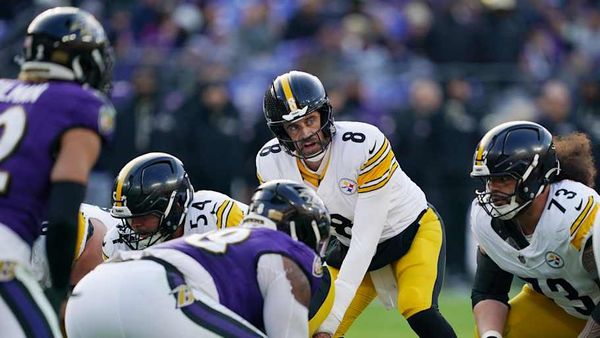
More than 40 plants and animals have been added to Australia’s list of threatened wildlife, including crayfish, frogs, insects and several plants, in what environment groups say is another reminder of the urgent need for reform.
The environment minister, Tanya Plibersek, announced the bulloak jewel butterfly, Kate’s leaf-tail gecko, and 16 types of native spiny crayfish were among 48 species that had “been given greater protection under Australia’s national environmental law” by joining the threatened list.
Twenty-two of the species enter the list at critically endangered – the highest threat status – and most of the 48 were affected by the 2019-20 black summer bushfires.
The listings come as Plibersek announces a draft national plan to tackle feral cats, which a report released this week found were having the greatest effect on Australia’s biodiversity.
She said the government had also released a new recovery plan for the critically endangered swift parrot – whose survival is threatened by continued logging – and was providing an initial $2.1m for a captive breeding program for the critically endangered Maugean skate in Tasmania.
Plibersek said the Albanese government did not accept extinction as an inevitability and would not “shy away from difficult problems”.
“I’m determined to give our threatened species a better chance and a brighter future. That’s why today we are releasing new conservation advice for 20 species and 15 ecosystems,” she said.
“And it’s why I’ve added 48 species and two ecosystems to the threatened lists under national environmental law.”
Six other species have also had their listing status upgraded, meaning their declines have worsened since first joining the list.
Nicola Beynon, the head of campaigns at Humane Society International, said “with every new listing the extinction crisis becomes more challenging”.
“We need stronger laws to protect these species and significantly more funding to do it with,” she said.
The Australian Conservation Foundation said the new listings highlighted the urgent need for environmental reform.
“Australia has a woeful track record when it comes to protecting our unique animals and plants. We are a world leader in sending mammals to extinction – and it is mostly because we keep allowing their homes to be bulldozed, logged and overrun,” nature campaigner Jess Abrahams said.
The government had expected to introduce new environmental laws to parliament this year, but an exposure draft is now not likely to be published for consultation until late this year.
“This many species being added to the list in one go is a sign of widespread ecological collapse,” said Tim Beshara of the Wilderness Society.
“Yet this Labor government continues to respond with the same systemic inertia tempered by an occasional ad hoc scramble as the former Coalition government did.”
The feral cat plan sets long-term benchmarks, including no extinctions of species due to cats, or local extinctions of island populations of species such as seabirds; no new listings of species as threatened due to cats; and stopping or reversing cat-driven declines of already threatened species.
To achieve this, it proposes several actions over a five- to 10-year timeframe, including legislative change to ensure consistency in management of cats across jurisdictions; expanding cat-free fenced areas; use of existing methods including baiting and shooting; and more research into the most effective control methods.
The Invasive Species Council welcomed the plan as a “comprehensive” proposal to address a threat that caused millions of Australian animal deaths each day.
They said its success would depend on the government providing the $60.1m in funding that the plan estimates is needed over five years.
“This can’t be a plan that just collects dust on a shelf. It needs real money to shape action on the ground,” advocacy manager Jack Gough said.
The critically endangered Maugean skate is an ancient fish species found only in Macquarie Harbour on Tasmania’s west coast.
Work by the Institute for Marine and Antarctic Studies found the number of skate had fallen by nearly half in seven years and the threatened species scientific committee has said it is one of five species that could jeopardise the government’s zero extinctions target.
The Australian Marine Conservation Society welcomed the $2.1m for a captive breeding program but said the government must address the biggest threat to the skate’s survival, which was degraded water quality in Macquarie Harbour.
“The Australian government knows what has to be done to improve the water quality of Macquarie Harbour,” said shark scientist Leo Guida.
“Removing salmon pens would give the Maugean skate a fighting chance of survival, as well as addressing the freshwater flows from the hydroelectric dams.”







